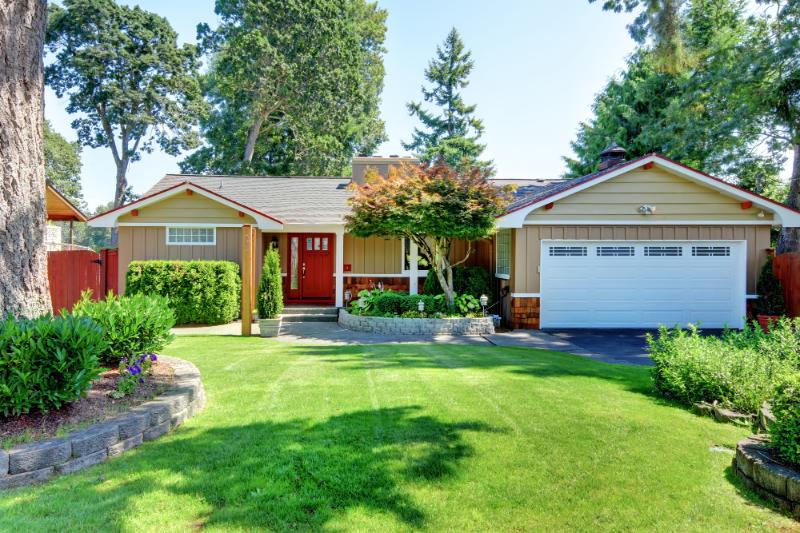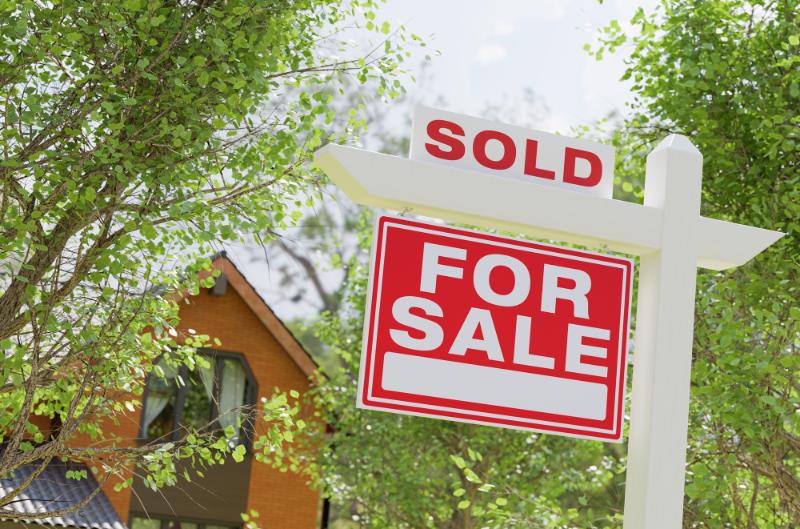You’ve decided to sell your family home, but how do you determine its worth? Pricing your house right is critical to attracting potential buyers. This article is going to guide you through key factors that influence the price of your home, to help you make an informed decision. Let’s begin this essential journey towards selling your family house.
Interested Parties
Interested parties significantly influence the pricing of a family home. First off, potential buyers, through their willingness or resistance to pay, inform the market value. People from all around the Bexar county seat are even reaching out to a San Antonio We Buy Houses company to expand their options. Real estate agents, based on their expertise and analysis of comparable properties, may suggest a listing price. Mortgage lenders also play a role as they determine home loan amounts based on professional appraisals, indirectly influencing the price.

Local government assessments for tax purposes can also shape perceptions of value. Lastly, home inspectors and appraisers establish value based on the home’s condition and features, which can either increase or decrease the potential price. It’s crucial to consider all these perspectives to set a competitive and fair price for your family home.
Conditions of Your Home
The condition of your home significantly impacts its value. Well-maintained homes often fetch higher prices as buyers are willing to pay a premium for homes requiring minimal work after purchase. This includes aspects like the structural integrity of the building, roof condition, the state of the plumbing and electrical systems, and the strength of the foundation. Homes with modern, updated kitchens and bathrooms are more appealing to buyers and could increase the overall sale price.
Conversely, properties with significant damage or outdated features will generally be priced lower to account for the future renovation costs that buyers will likely face. Thus, investing in timely repairs and regular upkeep could potentially yield a higher sale price when it’s time to sell your family home.
Market Conditions
The real estate market is complex and often hard to navigate because there are tons of factors to it. Here are the ones that influence the price of your home:
- Supply and demand
- Economic conditions
- Interest rates
- Local market trends
- Neighborhood development
- Seasonal trends
- Competing properties
- Government policies and regulations
- Consumer confidence
- Global and regional events
When demand for properties exceeds supply, prices tend to rise, creating a seller’s market. Conversely, when supply surpasses demand, a buyer’s market arises, often leading to lower prices.
Economic conditions, such as employment rates and income levels, also influence buyers’ purchasing capacity. Furthermore, interest rates can affect affordability, pushing prices up or down. Local market trends, such as neighborhood development and competing properties, also play a significant role in home pricing.
Appraisal
An appraisal, conducted by a licensed professional, is a crucial determinant in the pricing of a family home. It provides an objective evaluation of the home’s worth based on an array of factors including location, condition, size, features, and comparison with recently sold similar properties in the area.
Lenders rely on appraisal figures to decide loan amounts, thus indirectly influencing the home’s sale price. A high appraisal can justify a higher asking price, while a low appraisal may require adjustments to meet market expectations. Therefore, an accurate appraisal plays a pivotal role in setting a competitive and realistic selling price for your family home.
Location
Location is not just about the physical geographic location, but also the proximity to amenities, such as schools, shopping centers, parks, and access to public transportation. Neighborhood desirability, driven by factors such as low crime rates, quality of local schools, and community activities, can also impact home values.
Additionally, aspects like the view, the street’s quietness, privacy, and even the orientation of the house for sunlight can affect the price. Therefore, the real estate mantra, “location, location, location,” holds because even the most beautifully designed house can lose value if situated in an unfavorable location.
Negotiation Room
Typically, sellers list their homes slightly higher than the expected selling price to accommodate negotiation. The flexibility in this price leaves some leeway for buyers to bargain, creating a sense of winning and personal satisfaction for them. However, pricing it too high may discourage potential buyers, leading to the property staying longer on the market, which may ultimately require a price drop.
Conversely, pricing it too low may leave less room for negotiation and potentially result in a lower sale price. Thus, establishing a strategic asking price that provides room for negotiation, yet is not off-putting, is crucial in determining the final sale price of your family home.

In conclusion, understanding and navigating the various factors that determine your home’s value isn’t simple. However, armed with the insights this article offers, you can confidently set a competitive price for your family house. Remember, your home’s worth is not just about bricks and mortar, but the value it brings to a potential buyer. Happy selling!
